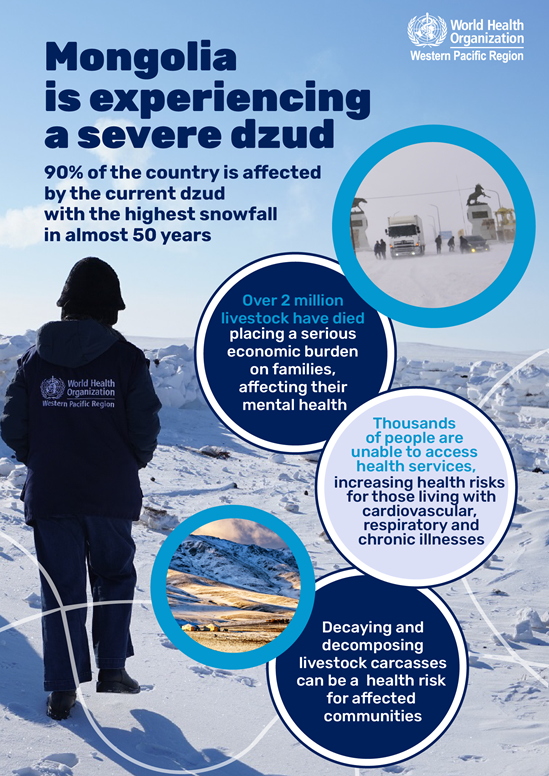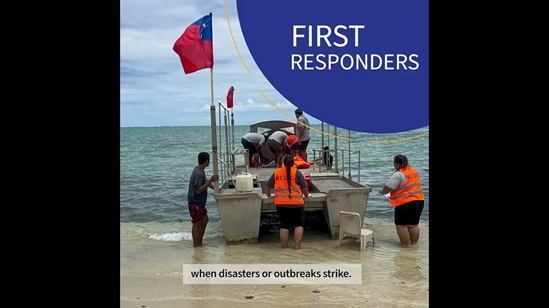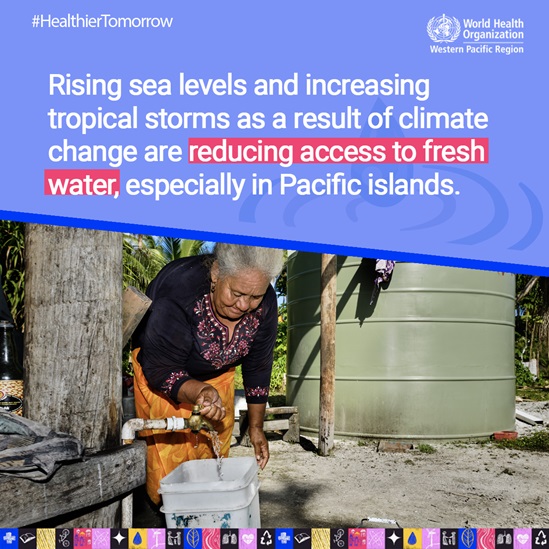
Disasters (health impact) in Western Pacific
Disasters can be natural (eg. cyclones and earthquakes) or man-made (eg. chemical spills). Regardless of the type of disaster, there are always impacts on health.
The primary objective of the response to any disaster is to save lives and minimise disability and disease. However, the health system itself can be impacted by disasters, right when it is needed most. Hospitals and clinics can be damaged or destroyed and health workers injured or displaced. Disruptions in routine health services such as vaccination or vector control can lead to further waves of death, disease and disability as outbreaks spread. The spread of disease can be exacerbated by overcrowding in camps and/or the disruption of water and sanitation services.
Technical links








